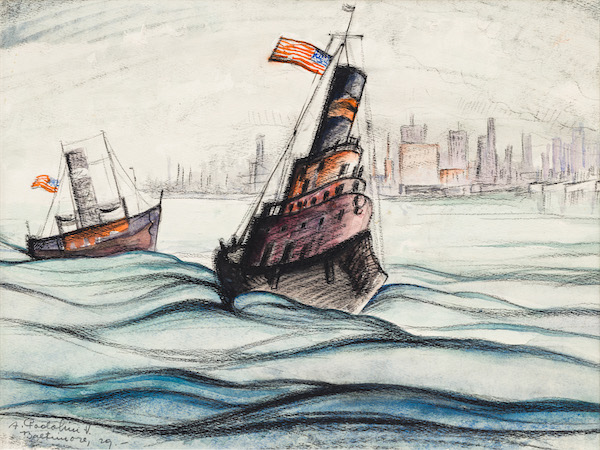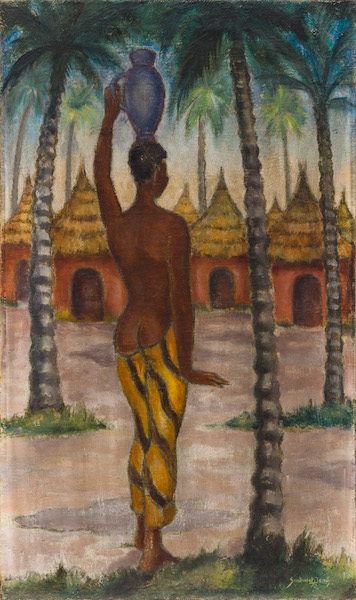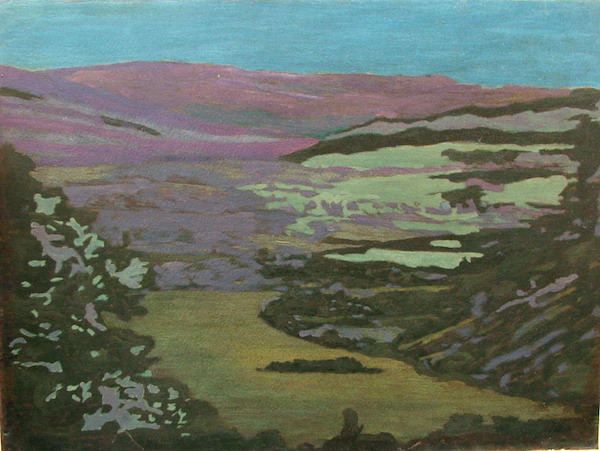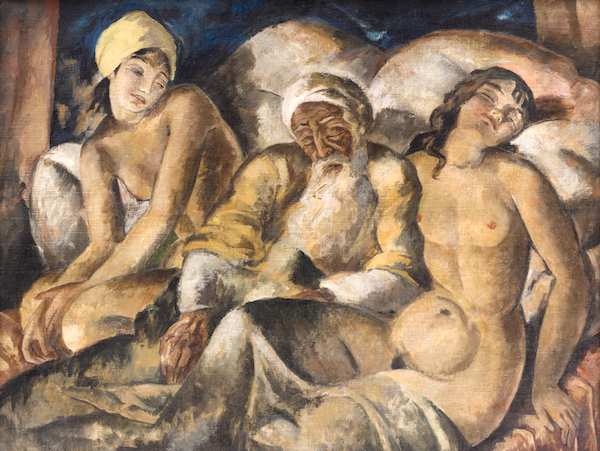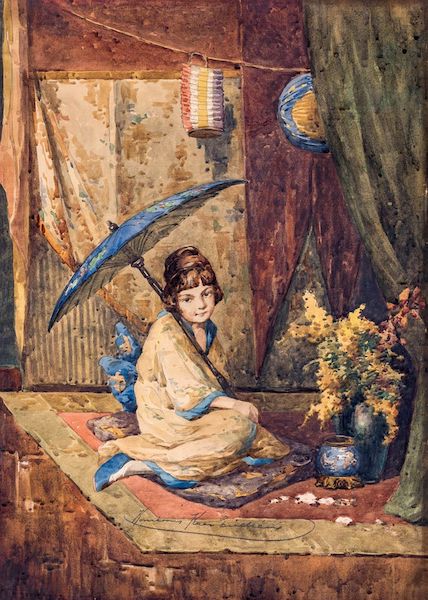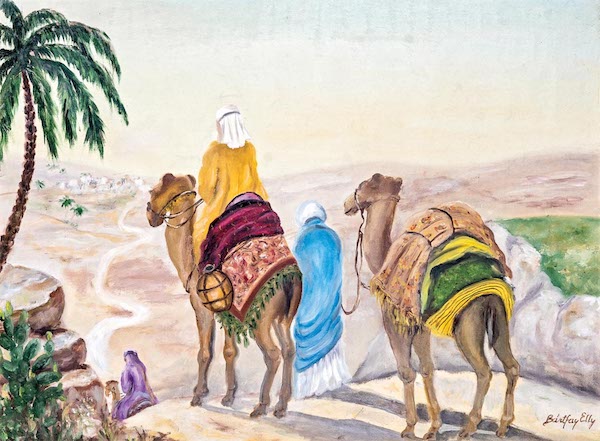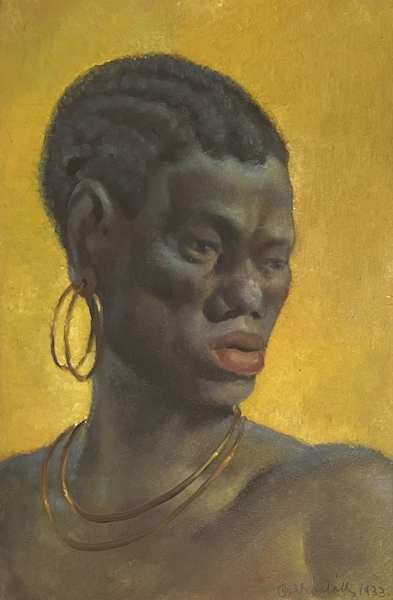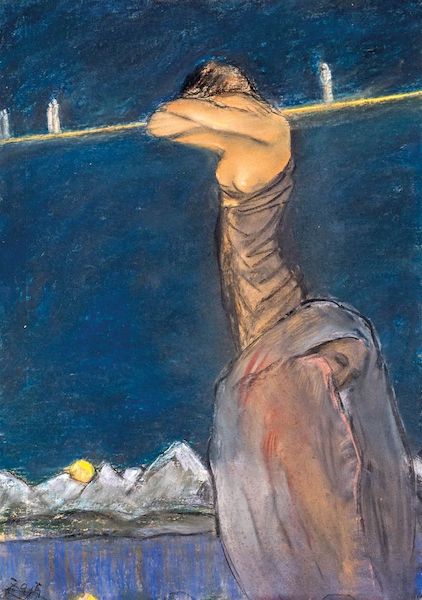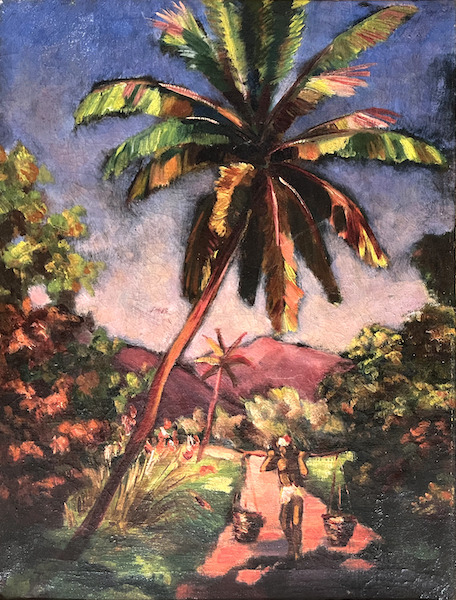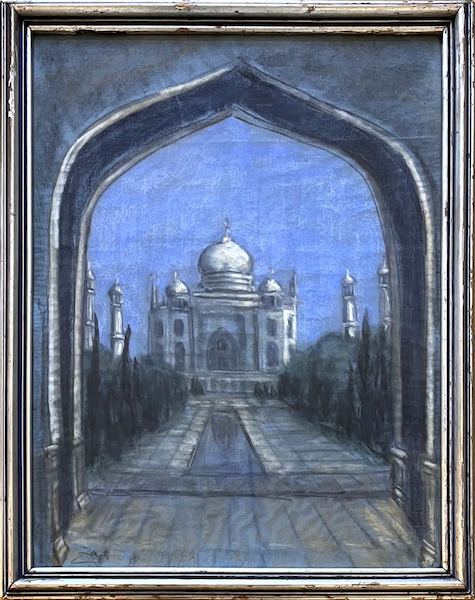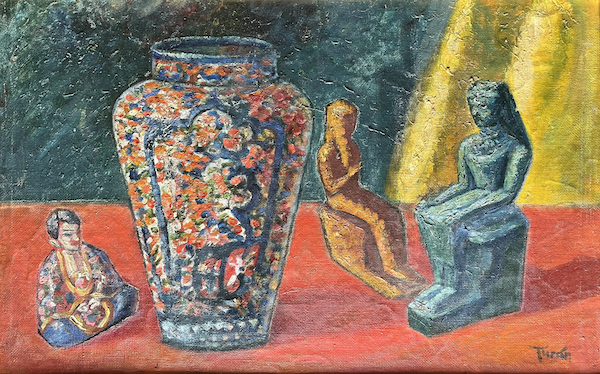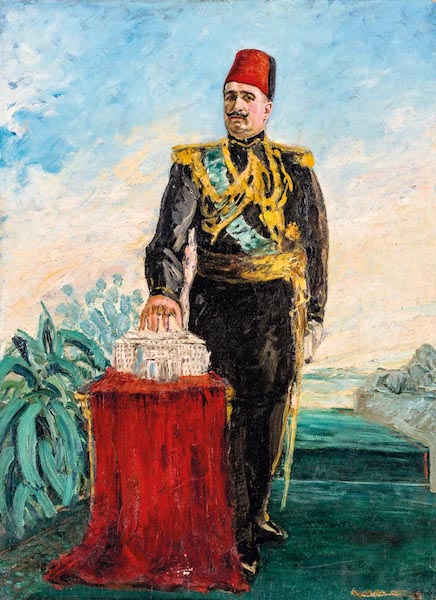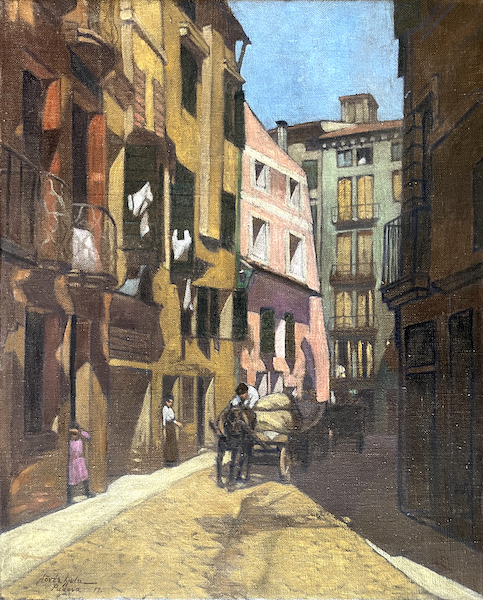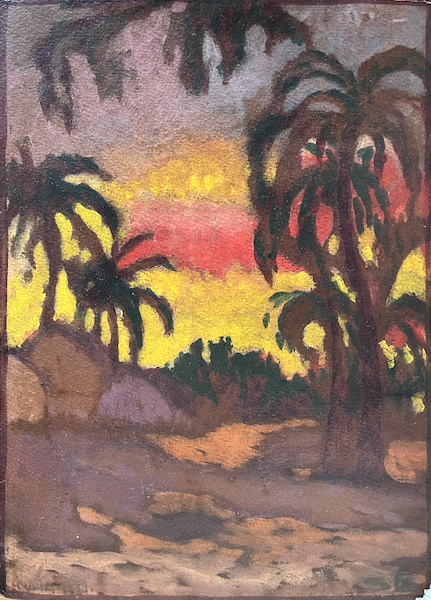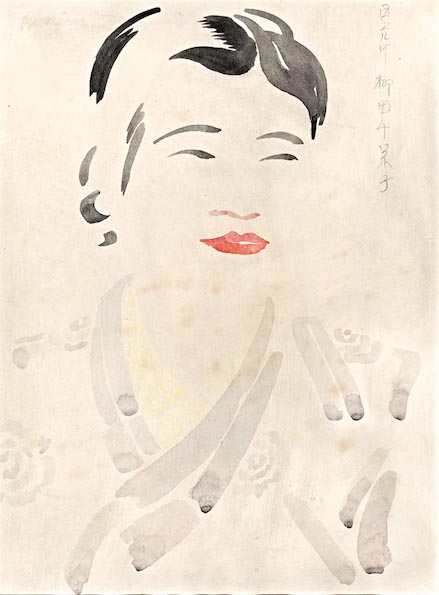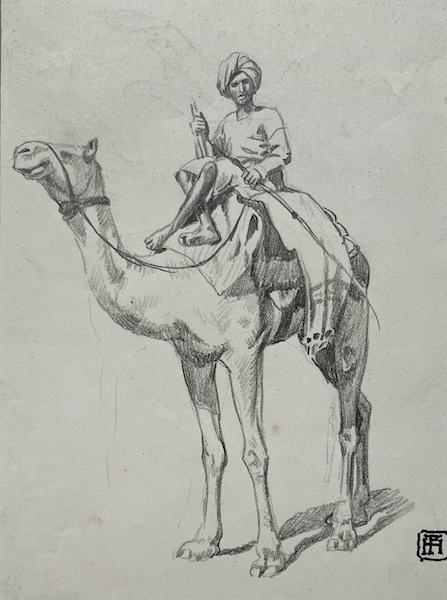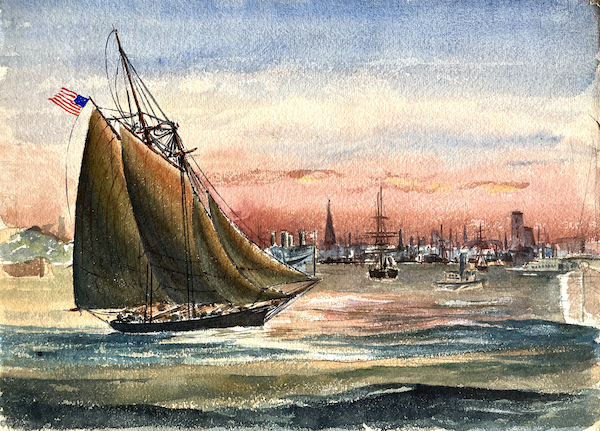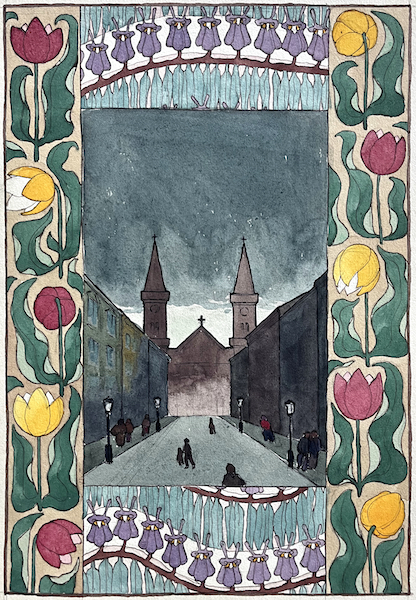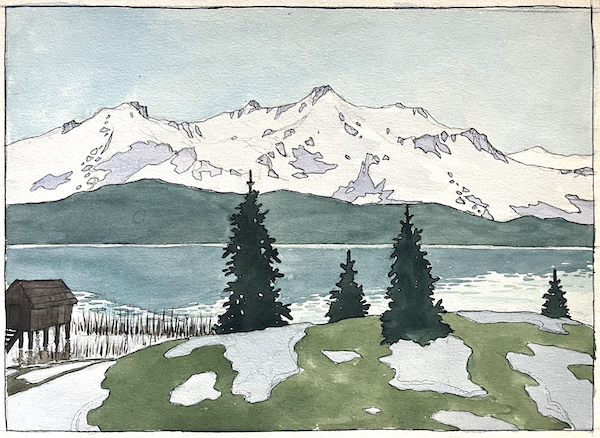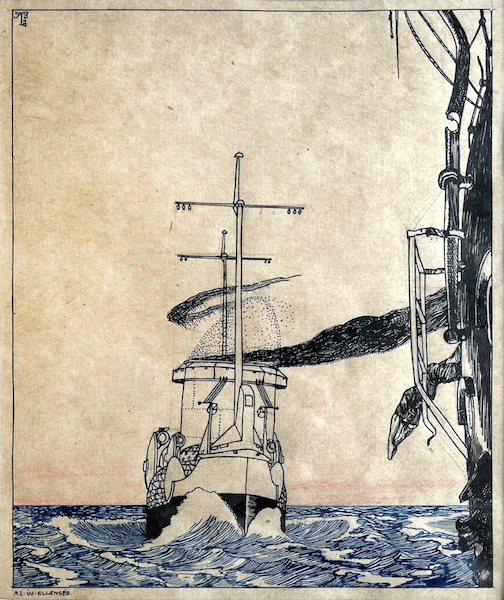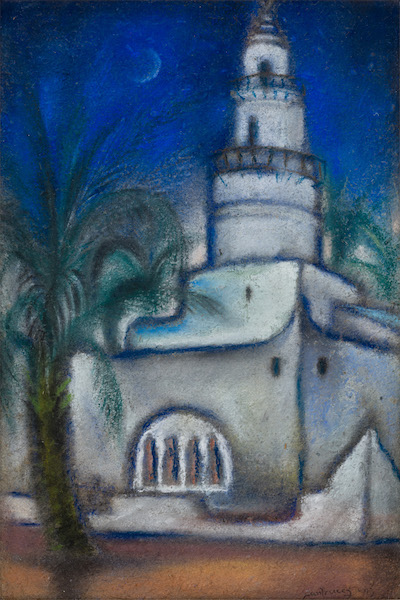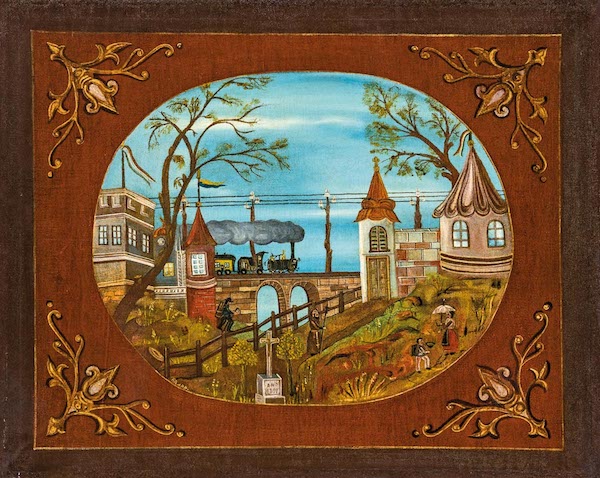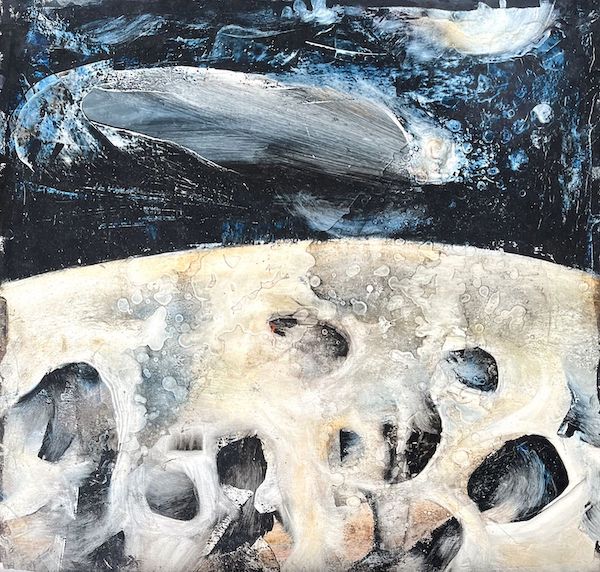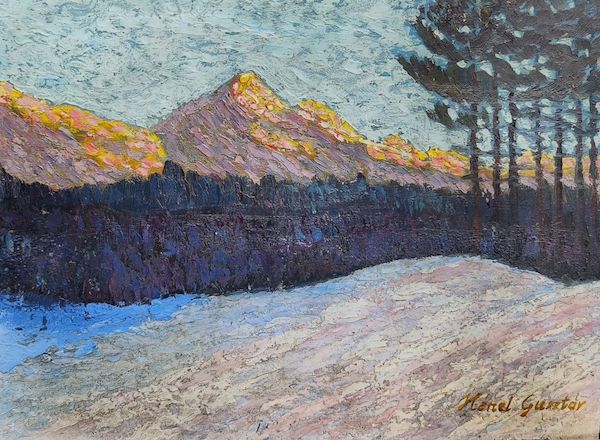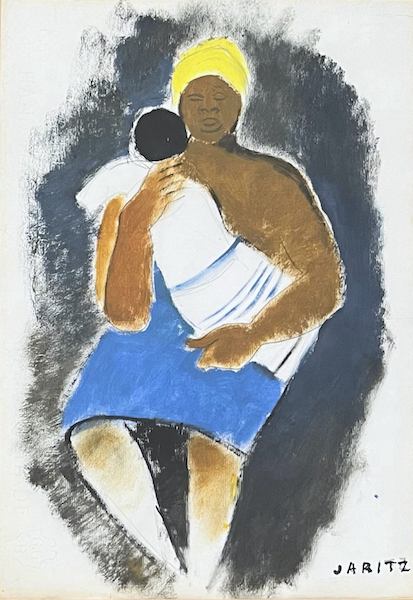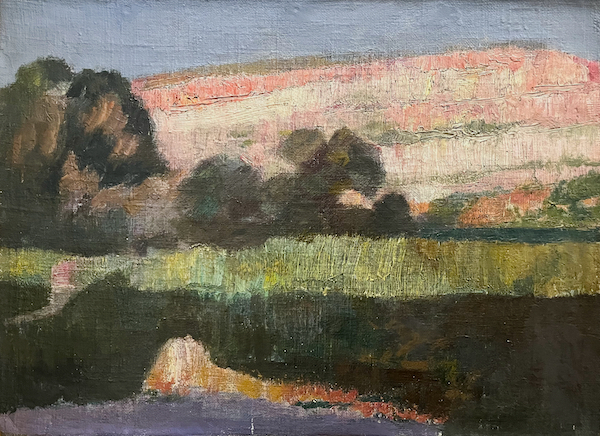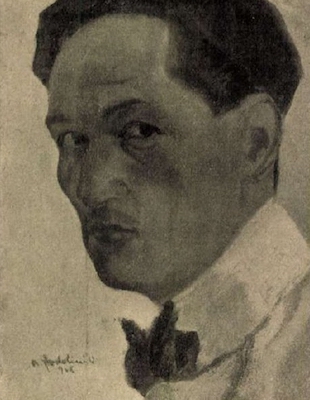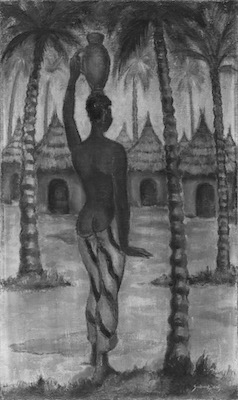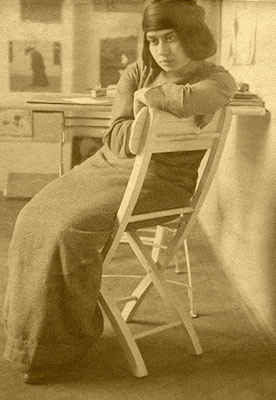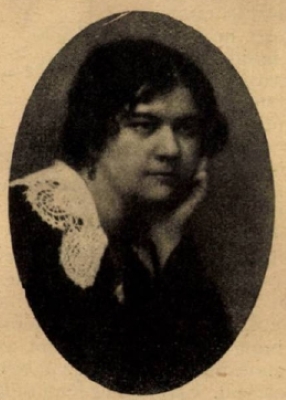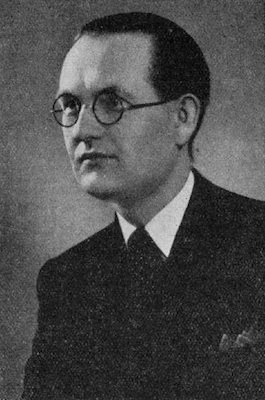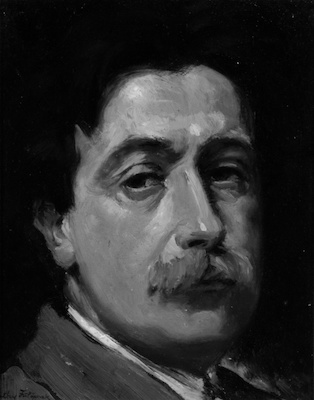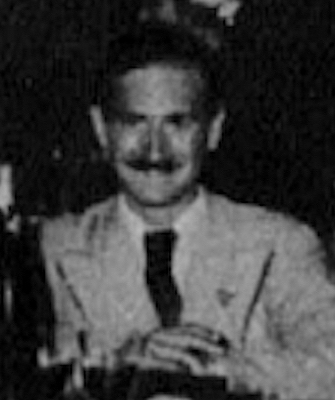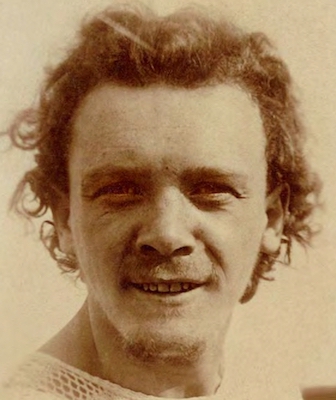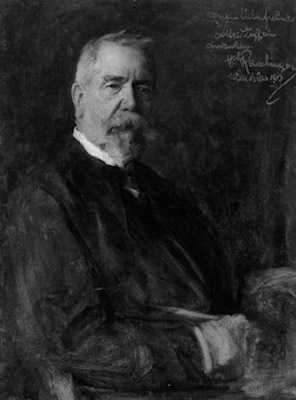Travel & Orientalism
(1850 - 1980 )
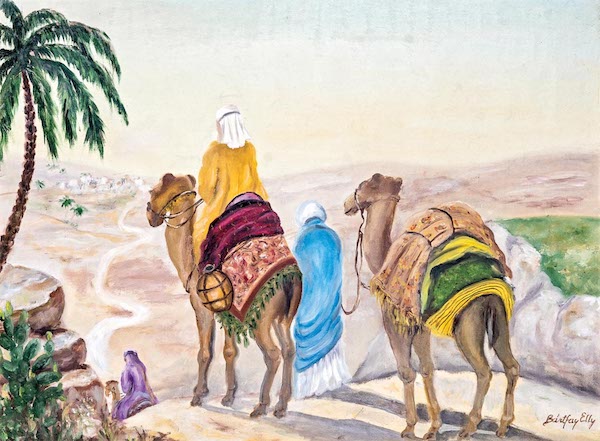
About
Travel & Orientalism
In art history, literature and cultural studies, Orientalism is the imitation or representation of aspects of the Eastern world. These representations are usually created by writers, designers and artists of the Western world. In particular, Orientalist painting of the Middle East was one of the many specialisms of 19th century academic art, and literature in the West showed a similar interest in Oriental themes.
The phenomenon of Orientalism cannot be discussed in isolation from the wider geopolitical, socio-cultural and economic context. In the second half of the 18th century, industrialisation not only revolutionised European society, but also greatly increased the mobility of people, trade goods and images. The social and cultural changes that took place at the turn of the 18th and 19th centuries led to a revival and a boom in European travelling, making this formerly gentlemanly pastime fashionable and accessible to a wider public. Contact with the culture of the East, which had previously seemed distant, also became more lively and direct.
Delacroix is the archetype of the travelling Orientalist painter, who set the agenda for a trip to the Orient. He was the first painter to be so impressed by his trip to Morocco that he influenced the rest of his artistic career. Many of the painters travelled for commercial reasons: they were either sent by a publisher to illustrate topographical and other depictions of local life, i.e. to produce non-artistic pictures; others made their living by travelling from country to country writing and illustrating travel guides and memoirs. Some went to the Holy Land and Egypt because they wanted to paint biblical scenes as authentically as possible. Finally, there were those who sought warmer, drier climates for health reasons (rheumatism, tuberculosis).
Orientalist painting is not a style, since it emerged at the beginning of the 19th century and even traces of it can be traced back to the beginning of the 20th century. Orientalism is a more complex artistic movement where subject matter alone is the common link. First Napoleon's Egyptian campaign, then the conquest of Algeria, attracted attention to North Africa. This interest was initially triggered by Egyptian monuments and ancient ruins, and then Europeans became fascinated by the North African landscape, its people and their way of life. Oriental themes satisfied the 19th century viewer's desire for curiosity, horror, subdued eroticism and the lush genre. Favourite subjects included odalisques, harem and bath scenes, prostitutes, slave market scenes, the male society of Balkan mercenaries and Nubian palace guards, rich Moresque interiors, street and bazaar scenes with vendors and craftsmen, images of tiger hunts, and the new landscape experience of deserts and oases. The artistic quality of the end result varies greatly. On the one hand, there is superficial role-playing, attention to appearances, immersion in naturalistic depictions of decorative details, and an insincere choice of subjects that verge on kitsch. On the other hand, the experience of the East continued to be experienced in a realistic way, through a vision of the world that sought new values. In art, too, this revelatory discovery gave rise to a more sincere Orientalist painting movement (Károly Libay, Antal Ligeti, Carl Haag). These artists went beyond the conventions of the pictorial, and instead of martial warriors and erotic beauties, they discovered the simple people, the streets, the Mediterranean gardens, the landscape and the desert. The medium of their plein-air vision is watercolour and pastel chalk, which offer the possibility of quickly capturing fresh impressions and light-saturated colours.
The end of the 19th century also brought the emergence of internationally renowned Orientalist painters with an academic education and excellent technical skills, who had left Hungary to work abroad and won successes in juries and with the public, and who are still noted in the art market today. Ferenc Eisenhut studied in Budapest and Munich and settled in Munich. Arthur Ferraris won the gold medal at the Paris Salon in 1889. Pál Joanovics, who was born in the South of Hungary, gained popularity mainly for his genre paintings of the Balkan Turkish world. August Schoefft ended up at the court of Maharaja Ranjit Singh in Lahore. Rudolf Swoboda visited Egypt and India and was court painter to Queen Victoria from 1885 to 1992. Gyula Tornai studied in Budapest, Vienna and Munich and travelled extensively in Morocco, India, China and Japan. In 1900 he won a bronze medal at the Paris World Exhibition. Eisenhut's and Tornai's choice of subject matter (many of their Odalisque figures are known), their compositional solutions, their realism, their attention to the smallest details of the Oriental environment, and their tone are fully in line with the mainstream of international academic Orientalist painting of the time.
For the Hungarian nobility, intelligentsia and artistic world, East and West evoke a different nostalgia from that of the West. On the one hand, the desire to belong to the West is stronger than ever. For Hungarian aristocrats, travelling in the educated, democratic West, just as for artists the experience of Italy or visiting the great workshops of the European academic tradition, is as much a revelatory inspiration, as much a part of the 'great adventure', as for Westerners the discovery of their own distant colonial empire. At the same time, the idea of the "People of the East" is also a decisive factor in the creation of Hungarian national consciousness and culture. The search for the Asian roots of the conquering Hungarians, the Hun-Hungarian-Turk-Iranian line of thought in the Steppe, aligns the perception of the East in the art of the end of the century.
The term "Orientalism" acquired a critical connotation in the wake of the 1978 book of the same name by the Palestinian-American academic Edward Said, known as one of the leading lights of postcolonialism. Said points out that Western discourse systematically misinterprets and stereotypes the Orient as the 'Other', and that Orientalist art is part of this cultural tradition.
Japonism
Of all the Eastern arts, Japanese art played the greatest role in the paradigm shift that took place in the second half of the 19th century. The discovery of Japanese art was mainly due to French painters and writers and to the world exhibitions, which led to a surge in interest in Oriental art. Furnishings, various decorative accessories, furniture, screens, fans - a mixture of Chinese and Japanese - were increasingly found in the homes of wealthy bourgeoisie and in the studio. The fashion for oriental objects is reflected in the works of many academics and salon painters, such as Mihály Munkácsy's Morning in the Summer House (1881). Tihamér Margitay, who portrayed the tastes of the wealthy bourgeoisie of Hungary, also added oriental objects to his interiors. In his painting The Cloaked Suitor (1890), a Chinese screen and a Japanese fan in the protagonist's hand can be seen. The painter's richly furnished studio, like the Oriental carpets of his Parisian and London colleagues, featured Japanese furniture alongside bearskins and tiger skins. István Csók decorated his studio in a similar way, and in his works, Japanese, Persian and Indian objects from China from the painter's collection appear in various ways, as decorative objects in interiors or as symbolic objects.
For the French Impressionist painters, Japanese art was no longer just an exotic subject, a colourful prop, which made an impact with its strangeness and remoteness, but also the inspiration that launched their 'vision revolution'. The 'ukijo-e', a type of painting considered inferior in its native country, less appreciated for its subject matter of everyday life, i.e. woodcuts depicting the 'fleeting world', the 'passing life', had a liberating effect on Impressionist and later Art Nouveau artists seeking a new harmony of colour and form, and offered an alternative to the vision that had prevailed since the Renaissance. They reinforced their opposition to the traditional rules of composition and colour management, to representation based on modelling, tonal values, shading and central perspective. By cropping figures, accentuating the surface, using asymmetrical editing, and employing unusual perspectives such as multiple perspectives (i.e. the use of different points of view within a single image) and the V-effect (i.e. the splaying of distant lines), he created new effects. In two-dimensional images, figures are more freely spaced (even above each other) and the horizon line is high.
From the late 1880s onwards, an increasing number of Hungarian artists studying in Paris could see the works of the academic masters and salon painters, who were painting lavishly furnished studios and Oriental objects, but also the works of the Impressionist and Symbolist masters who were also painting in Japan. Due to the different rhythm of the development of the Hungarian art scene, Japonism did not fully develop in Hungary until after 1900, at the same time as other trends in modern painting, and often under their influence. One of the reasons for this can be found in the initially different nature of collecting in Hungary from that in Western Europe. Although Hungarian travellers set out for the East at the same time as the French and English, the collection of engravings began much later and, unlike the collection of objects, never became as important as it was in France, for example, where the artists themselves discovered their particular beauty.
Hungarian artists studying in the great centres of painting had discovered Japanese woodcuts earlier - Bertalan Székely was one of the first - and pioneered their promotion. In 1900, József Rippl-Rónai presented his collection of Japanese and Chinese drawings together with his own works at his first public exhibition in Hungary, at the Royal Hotel. The Japanese and Chinese prints were a vindication for Rippl-Rónai, who hoped that they would be accepted as new, but the public was still puzzled by both. In 1911, the largest number of Japanese woodcuts were included in the exhibition of the collections of Rippl-Rónai, Lajos Kozma, Miklós Vitéz and József Brummer in the Kunsthaus Keleti. Chinese, Korean, Persian, Indo-Persian miniatures and even objects from Africa were exhibited alongside them.
The typical motif of Japanese prints, the space divided by the accentuated verticality of a tree or column, the rhythmical surface of the picture with a row of trees, is an influence of many artists (e.g. József Rippl-Rónai, János Vaszary, Tivadar Csontváry Kosztka, Gyula Tichy, Sándor Nagy). The typical motifs and compositional solutions of Japanese Art Nouveau appear in the works of many secessionist graphic artists. Flower studies (Kálmán Tichy, Carla Undi, Rezső Mihály) were particularly popular. Among the flower studies, Kálmán Tichy's study entitled Apple Bough, which he built on the grades of tired greens (1909), stands out for its subtle harmony of colour. On the left-hand side of his aquatint Rosebranch (1910), in imitation of the Japanese script, he wrote the title, date, signature and place of composition of the picture, one under the other, in two elongated, ribbon-like arcs. In his 1914 work of a blossoming branch, he used a circular signature reminiscent of the Japanese seal, in addition to the elongated lettering. The influence of the Japanese Art Nouveau style was primarily felt in the stylistic representation of natural motifs, woodcuts and forest scenes (Elza Kalmár Kövesházi, Aladár Körösfői Kriesch , Kálmán Tichy).
Artworks in this theme
related artists
Artúr Podolini-Volkmann
(1891 - 1943)
Jenő Szantrucsek
(1903 - 1965)
Erzsébet Sass Brunner
(1889–1950)
Endréné Komáromi Kacz
( 1883 - 1954)
Elly Bártfay
(1917 - 1995)
András Csikós Tóth
(1902 - 1963)
Árpád Bardócz
(1882 - 1938)
Andor Kern
(1906 - ?)
Henrik Ripszám
(1889 - 1876)
Alfred Zoff
( 1852 – 1927)

